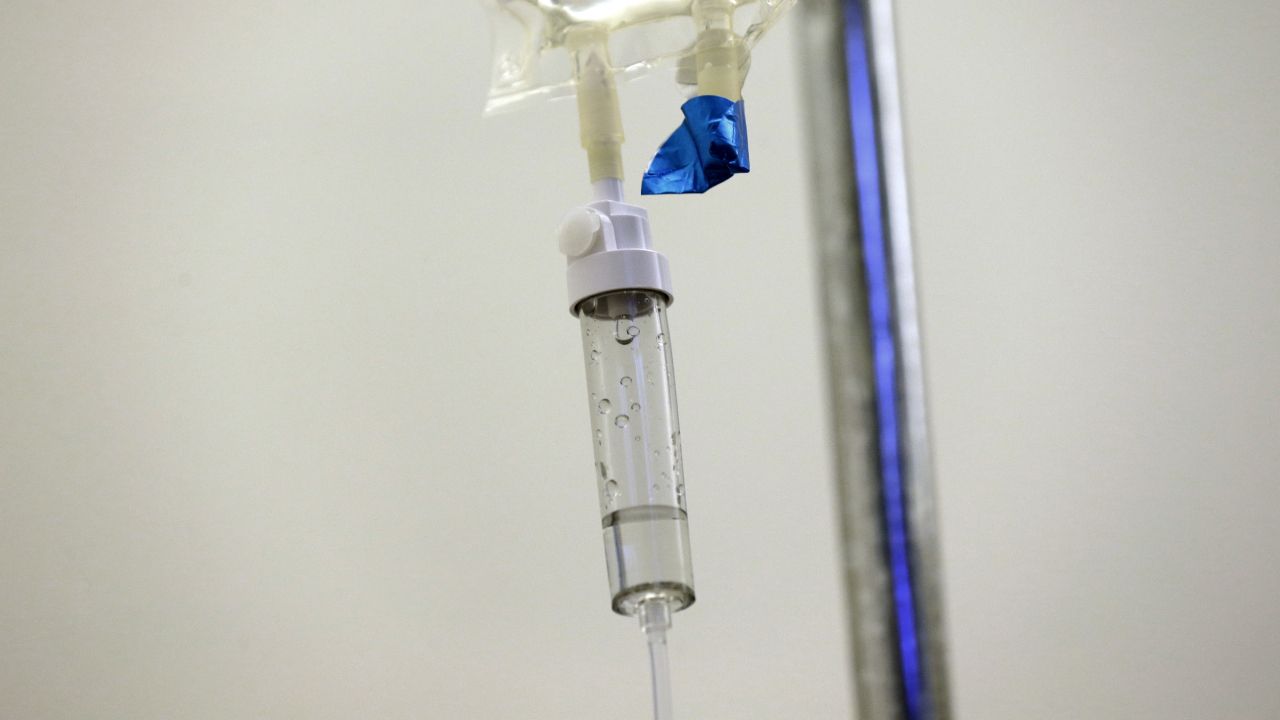New data released by the American Cancer Society shows the death rates from breast cancer in the U.S. have decreased dramatically over the past three decades, despite the incidence rate of the cancer remaining relatively stable in the past 10 years.
The information was released Sunday in the New England Journal American and coincides with Breast Cancer Awareness month, which is held in October.
According to the ACS, the cumulative mortality rate for those with breast cancer dropped 43% between 1989 and 2020, representing 460,000 less deaths during that time frame. While breast cancer incidence rates have increased across the past four decades, they only increased by .5% annually between 2010 - 2019.
The mortality rate for breast cancer decreased across all demographics save for Native Americans and Alaska Natives, for whom the rates remained stable.
And racial disparities persist in both incidence rates and mortality rates, despite overall numbers for the latter decreasing in the past 30 years.
While breast cancer mortality rates among white and Black women were at relative parity prior to 1980, a divergence began that same decade, with researchers pointing to “the dissemination of advances in early detection and treatment” during that time period as reason for the change.
The divergence peaked in 2011 and has remained wide between the two cohorts ever since, with the breast cancer mortality rate being 40% higher in Black women between 2016 - 2020 than white women.
“The racial gap in breast cancer mortality is largely because of historic and continued systematic racism that is reflected in breast cancer care across the continuum, from lower quality screening to substandard treatment,” the study’s authors noted in part.
And while Black women are less likely than white women or those of Asian American / Pacific Island descent to be diagnosed with local-stage breast cancers, they have a higher incidence rate of high-grade tumors across all women in the United States.
Black women also have the highest incidence rate of breast cancer before 40 years old; triple-negative breast cancers are also the most common in Blkack women at rates nearly twice the amount of white women.
“Whereas inherited genetics may explain some of this higher risk, multiple studies have reported the additional contribution of factors associated with structural racism, such as neighborhood segregation and socioeconomic status,” authors wrote.
Of all cancers, breast cancer has the highest incidence rate of new cases in the U.S., followed by lung cancers and colorectal cancers, and is the second-leading cause of cancer deaths after lung and bronchial cancers, per the Centers for Disease Control and Prevention.
The American Cancer Society estimates around 287,850 new cases of breast cancer will be detected in U.S. women throughout 2022, and around 43,250 will die from breast cancer. Over 90% of breast cancer deaths are in women aged 50 years and older.



